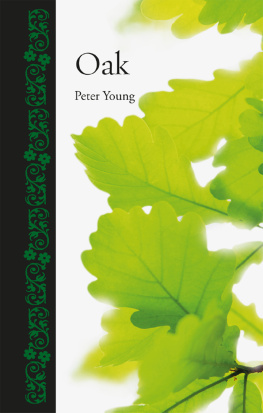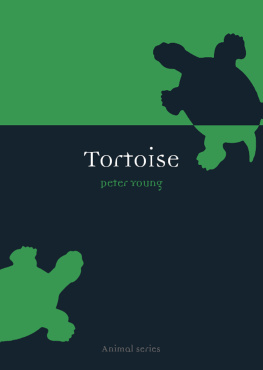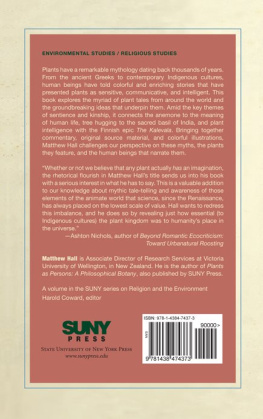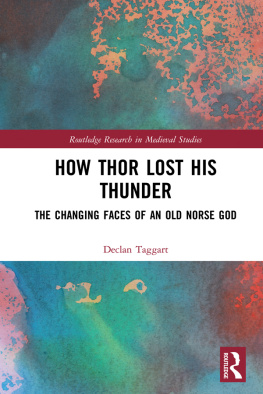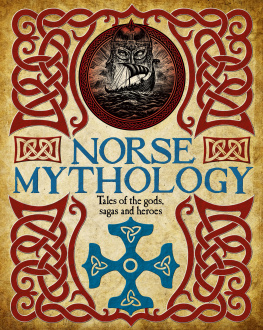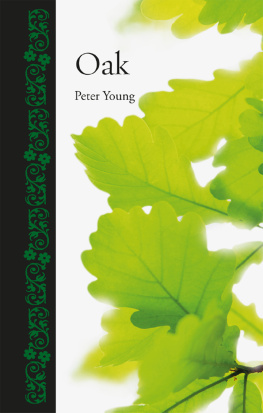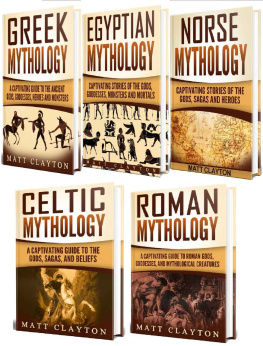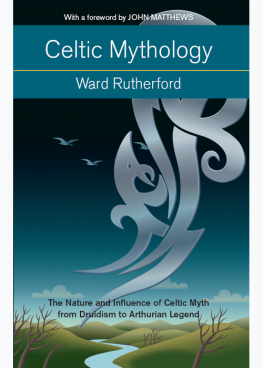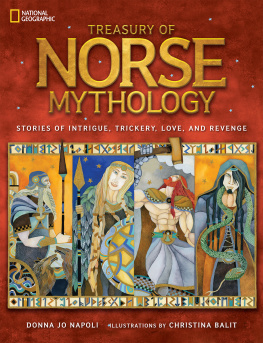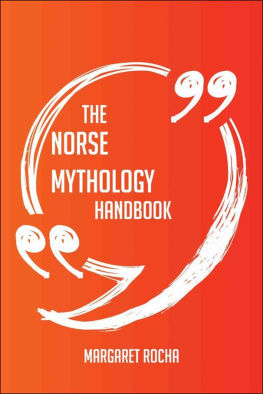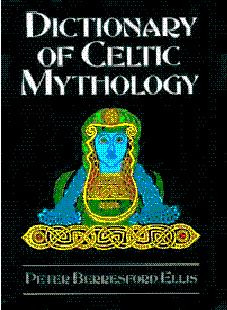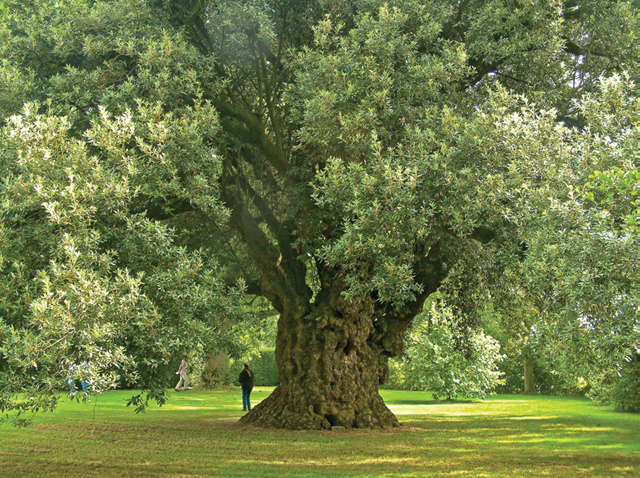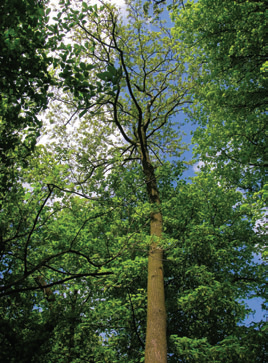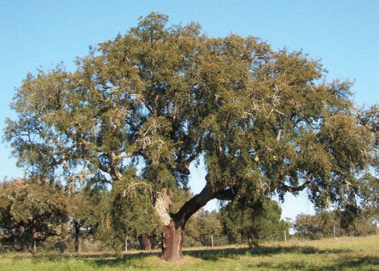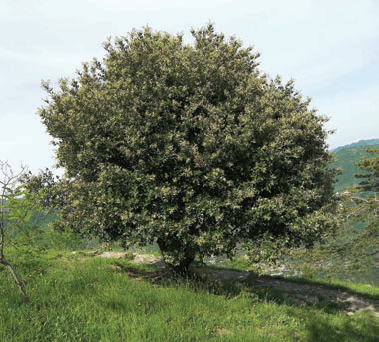Peter Young - Oak
Here you can read online Peter Young - Oak full text of the book (entire story) in english for free. Download pdf and epub, get meaning, cover and reviews about this ebook. year: 2012, publisher: Reaktion Books, genre: Detective and thriller. Description of the work, (preface) as well as reviews are available. Best literature library LitArk.com created for fans of good reading and offers a wide selection of genres:
Romance novel
Science fiction
Adventure
Detective
Science
History
Home and family
Prose
Art
Politics
Computer
Non-fiction
Religion
Business
Children
Humor
Choose a favorite category and find really read worthwhile books. Enjoy immersion in the world of imagination, feel the emotions of the characters or learn something new for yourself, make an fascinating discovery.
- Book:Oak
- Author:
- Publisher:Reaktion Books
- Genre:
- Year:2012
- Rating:4 / 5
- Favourites:Add to favourites
- Your mark:
Oak: summary, description and annotation
We offer to read an annotation, description, summary or preface (depends on what the author of the book "Oak" wrote himself). If you haven't found the necessary information about the book — write in the comments, we will try to find it.
Botanical, a new series from Reaktion, is the first to integrate horticultural writing with a broader account of the cultural and social impact of plants. Oak, one of the first two books in the series, narrates the biography of the tree that since time immemorial has been a symbol of loyalty, strength, generosity, and renewal. Peter Young explores how the oak, native to the northern hemisphere and found in locations as diverse as the Americas and tropical Asia, has played an important role in state-building, art, folk tales, poems, and songs.
Starting with the pagan societies that venerated the oak, Young examines how the tree was used in other religions, revealing how it was believed to be a gateway between worlds in Celtic mythology and later became sacred to Thor in Norse mythology. He follows the oak as it was adopted by many Western European countries as a national symbol, including England, France, and Germany. The United States Congress designated the oak as Americas national tree in 2004, and it is the state tree of Iowa, Connecticut, Illinois, Maryland, New Jersey, and Georgia. Individual oak trees have also gained historical importance, such as the Charter Oak in Hartford, Connecticut, which became a symbol of American independence. In addition to tracing the history of the tree itself, Young investigates oak as a wood used to make furniture, bridges, wine casks, homes, ships, weapons, and even the electric chair, and he describes how the tree has been used as a food sourceits fruit, the acorn, was eaten in ancient Greece, ancient Iberia, and Korea, and it was a traditional food of Native Americans.
Packed with information and beautiful illustrations, Oak tells the fascinating tale of this stately, durable member of the natural world.
Peter Young: author's other books
Who wrote Oak? Find out the surname, the name of the author of the book and a list of all author's works by series.

